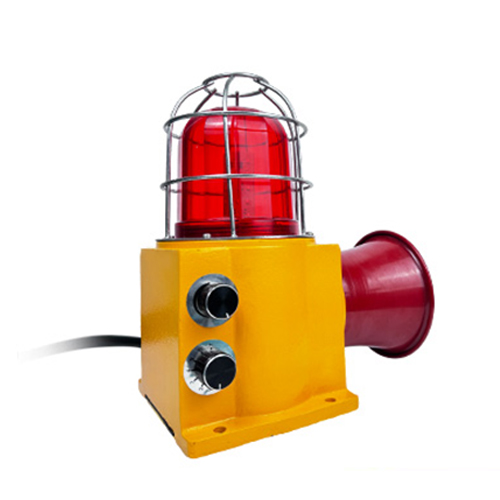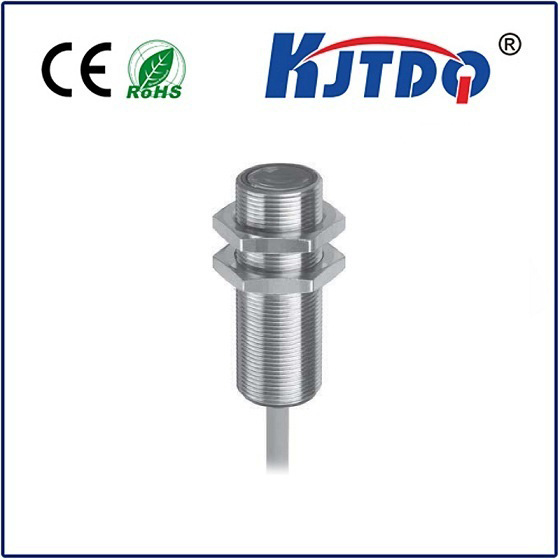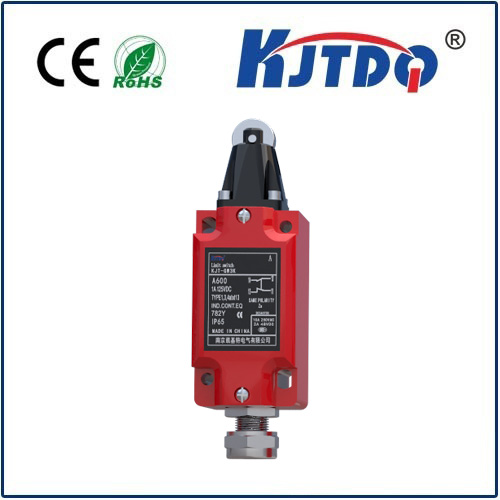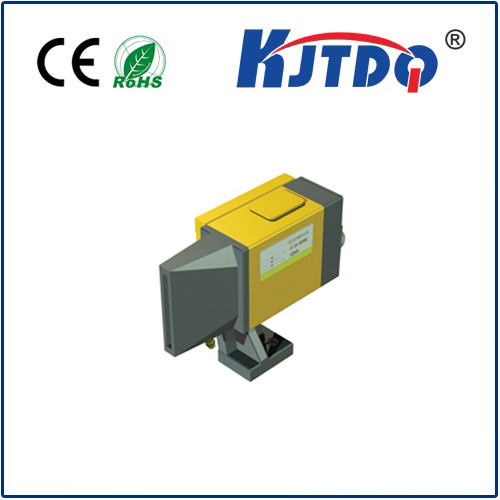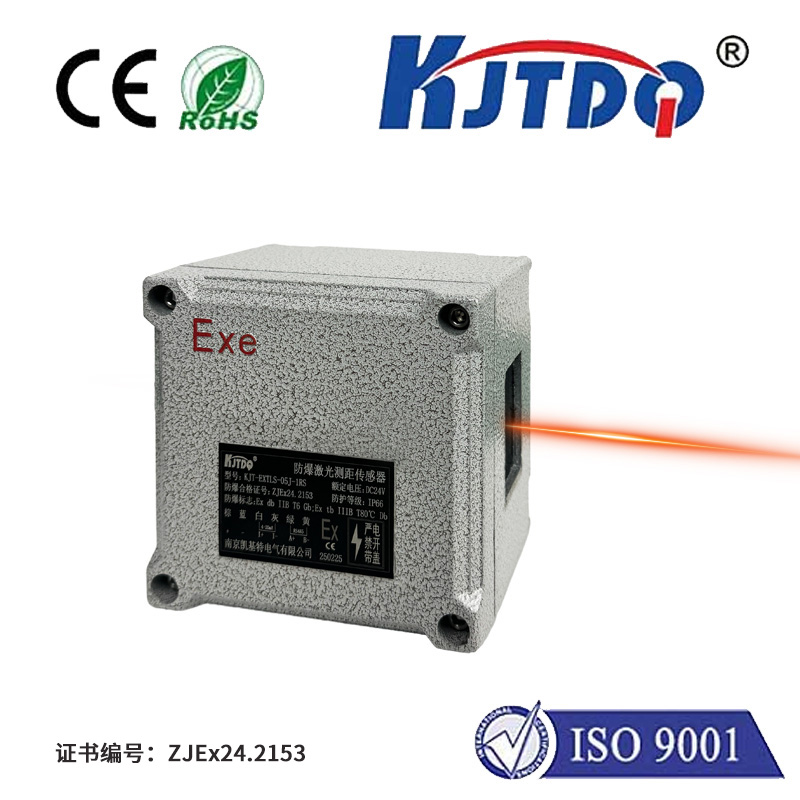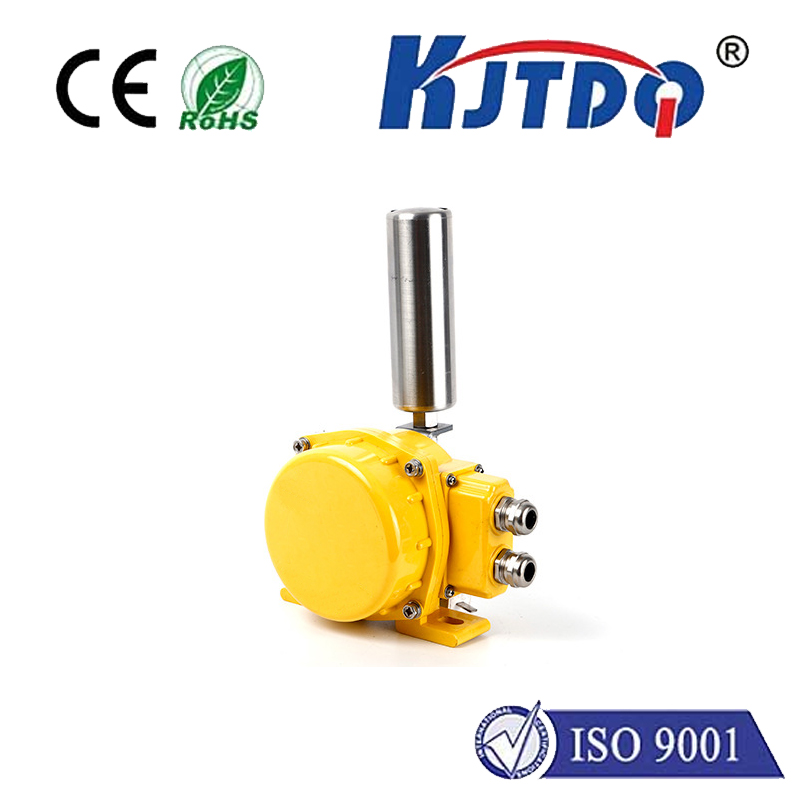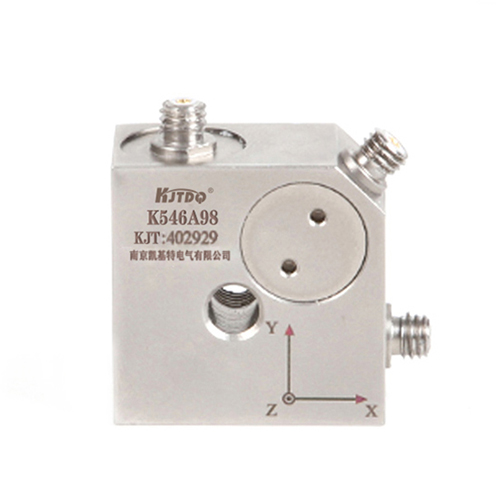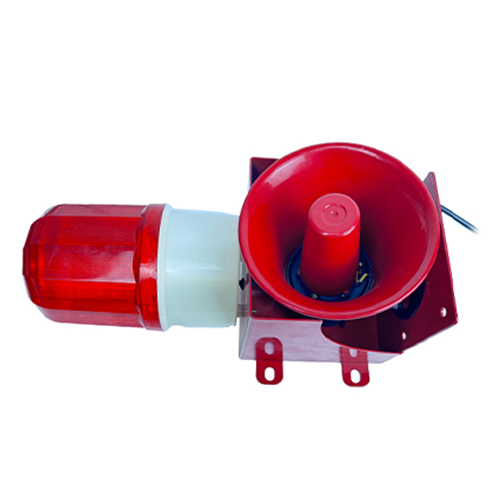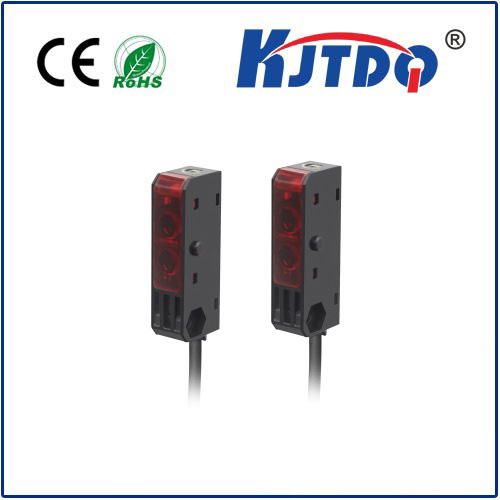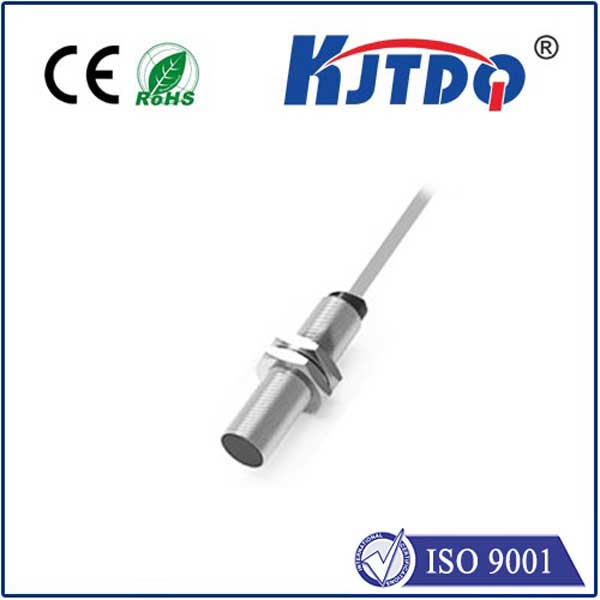proximity sensor 12mm
- time:2025-07-07 15:31:20
- Click:0
The Power of Precision: Exploring the Versatility of 12mm Proximity Sensors
Imagine a complex robotic arm on an automotive assembly line, flawlessly placing components within millimeter accuracy. Or picture a high-speed packaging machine counting items zipping by too fast for the human eye. At the heart of such precision and reliability often lies a seemingly simple yet crucial component: the 12mm proximity sensor. This specific size represents a common and highly practical detection range, forming the backbone of countless industrial automation, safety, and control systems worldwide. But what makes the 12mm proximity sensor so significant, and where does it truly shine?
Understanding the “12mm”: It’s All About Detection Range
The “12mm” specification in proximity sensor 12mm refers directly to its nominal sensing distance. It signifies the typical maximum range at which the sensor can reliably detect the presence of a standard target material passing through its front face. This detection range is the sensor’s most critical performance parameter, dictating its suitability for specific applications. Why is 12mm such a popular sweet spot? It strikes an optimal balance:
- Sufficient Reach: Provides enough range to detect objects without requiring excessively close proximity, offering flexibility in mounting and protecting the sensor head from potential impact or wear.
- Practical Size: The compact nature of sensors designed for this range allows them to fit into relatively confined spaces within machinery and equipment.
- Cost-Effectiveness: Sensors within this range, particularly inductive models, are highly mature technology, offering robust performance at competitive price points.
The Core Technology: Sensing Without Touch

Proximity sensors operate on the principle of non-contact detection. They sense the presence (or absence) of an object without any physical contact, eliminating mechanical wear and tear associated with mechanical limit switches. The 12mm proximity sensor typically utilizes one of two primary sensing technologies:
- Inductive Proximity Sensors: These are the workhorses of metal detection. They generate an oscillating electromagnetic field from their sensing face (the 12mm diameter face). When a ferrous (iron-based) or non-ferrous (like aluminum, copper, brass) metal target enters this field within the nominal sensing distance, it induces eddy currents within the target. This interaction dampens the sensor’s own oscillation, triggering a solid-state switch output (PNP or NPN). Inductive sensors 12mm are incredibly robust, immune to dust, oil, and moisture (with appropriate IP ratings), making them ideal for harsh industrial environments.
- Capacitive Proximity Sensors: These sensors detect changes in capacitance caused by the presence of any material – metal, plastic, wood, liquids, powders, or even granular substances – entering their electrostatic field. They operate by charging and discharging two capacitor plates (one being the sensor face, the other being the ground or earth). The introduction of a target material alters the dielectric properties near the sensor face, changing the capacitance and triggering the output switch. A 12mm capacitive sensor is often used where materials beyond metal need detection, like level sensing in tanks or detecting plastic containers.
Why the 12mm Proximity Sensor is an Industry Favorite
This specific range offers distinct advantages that drive its widespread adoption:
- Optimal Detection Balance: As mentioned, 12mm provides a practical and reliable gap. It allows sensors to detect objects without needing direct contact, yet keeps the sensing field focused enough to avoid excessive false triggers from background objects or material variations.
- Robust Construction: Proximity sensors, especially the inductive type, are renowned for their durability. Designed from rugged materials like nickel-plated brass or stainless steel and sealed against environmental contaminants (IP67/IP68 ratings are common), a proximity sensor 12mm can withstand demanding conditions found in factories, warehouses, and processing plants.
- High Reliability & Long Life: With no moving parts to wear out and solid-state electronics, these sensors deliver consistent performance over exceptionally long operational lifetimes, minimizing downtime and maintenance costs.
- Fast Switching Speeds: They detect objects and change their output state incredibly quickly (often in microseconds), making them perfect for high-speed counting, positioning, and sorting applications where speed is paramount.
- Simple Installation and Use: Typically requiring only a power connection and providing a straightforward switched output, they are relatively easy to integrate into existing control systems (PLCs, microcontrollers).
Diverse Applications Where the 12mm Sensor Excels
The versatility of the 12mm proximity sensor is evident across numerous industries:
- Manufacturing & Assembly: Detecting parts presence/absence on conveyors, verifying component placement in fixtures, end-of-travel limits on actuators and cylinders, spindle orientation verification on CNC machines, and robotic tooling position detection. Their 12mm detection range is ideal for these positioning tasks.
- Packaging Machinery: Counting bottles, cans, or packages, sensing film or cap presence, verifying case flap closure, controlling filling levels by sensing container position. The fast response and reliability are crucial on high-speed lines.
- Material Handling: Verifying pallet positioning on conveyors or in AS/RS systems, detecting the end of roll material (e.g., paper, foil), monitoring bin or hopper levels (capacitive type).
- Automotive: Position sensing in engine compartments, transmission components, door/trunk latching systems, brake pedal position, and countless other vehicle subsystems demanding durability.
- Food & Beverage: Capacitive 12mm sensors are particularly useful here for detecting levels of liquids or granular products inside non-metallic containers or tanks, verifying package presence on lines, or counting plastic bottles.
- Printing & Paper Handling: Detecting paper jams, verifying paper stack height, sensing roll diameter, or confirming print head position. Robustness against paper dust is key.
Selecting the Right 12mm Sensor for Your Need
Choosing the optimal proximity sensor 12mm involves considering several factors:
- Target Material: Metal? Use an inductive sensor. Non-metal like plastic, liquid, or wood? A capacitive sensor is required.
- Environment: Consider temperature extremes, exposure to chemicals, oils, coolants, cutting fluids (requires appropriate housing material like stainless steel), and the need for specific IP (Ingress Protection) ratings (e.g., IP67 for wash-down areas).
- Output Type: Requires a PNP (sourcing) or NPN (sinking) transistor output? Or perhaps a specific voltage/current analog signal for distance measurement (though 12mm typically denotes a simple switch)?
- Electrical Connection: Preferable connection type: cable exit, M8, M12 quick-disconnect connector? Cable length?
- Mounting Constraints: Flush mountable? Non-flush mountable? Space limitations around the mounting location? The sensing range can be affected by surrounding metal (inductive) or non-target materials (capacitive).
- Special Features: Some sensors offer enhanced features like short-circuit protection, reverse polarity protection, or status indicators.
The Unseen Enabler of Precision
The proximity sensor 12mm is far more than just a simple switch. It is a critical component enabling automation, ensuring safety, guaranteeing quality control, and boosting efficiency across a vast spectrum of modern industries. Its specific 12mm sensing range offers that perfect blend of practical detection distance, robust construction, and reliable performance, solidifying its place as the go-to solution for a multitude of position












